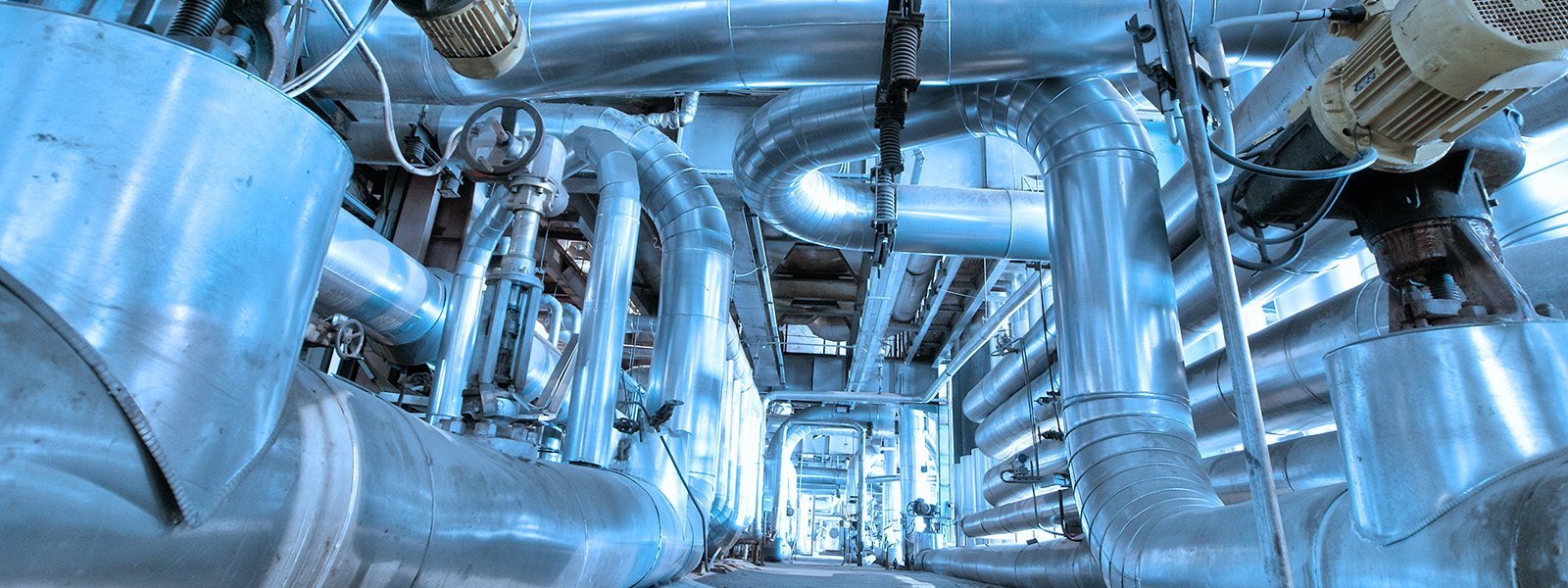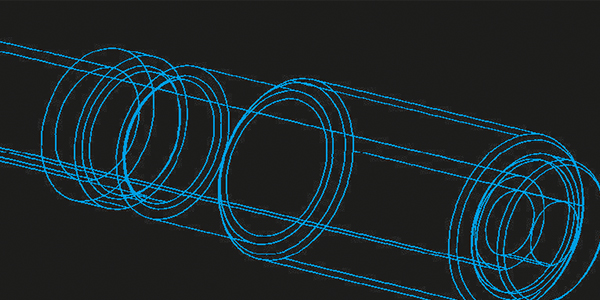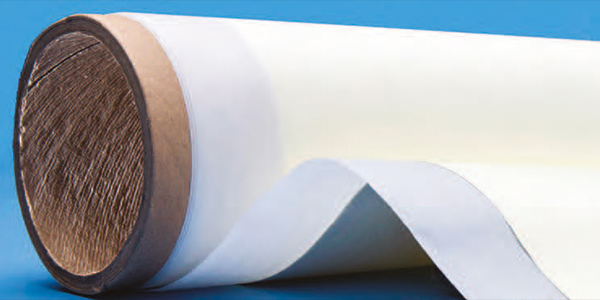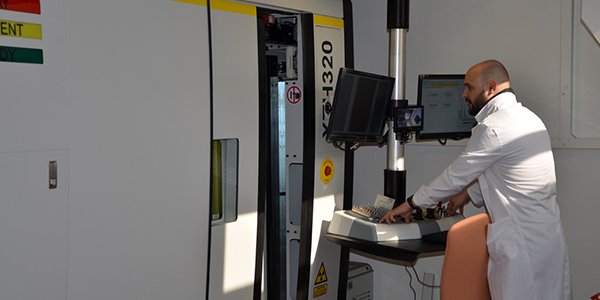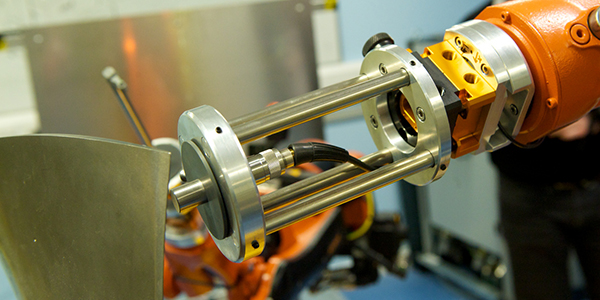Connecting high quality research to outcomes that have real impact, our leading-edge expertise and facilities are delivering real tangible solutions to technical and business problems. We offer a wide range of energy-related courses and for ad-hoc testing, consultancy work or for larger more extended development projects.
We provide the energy sector with leading applied research and development support across our four faculities and innovative research centres and testing facilities.
